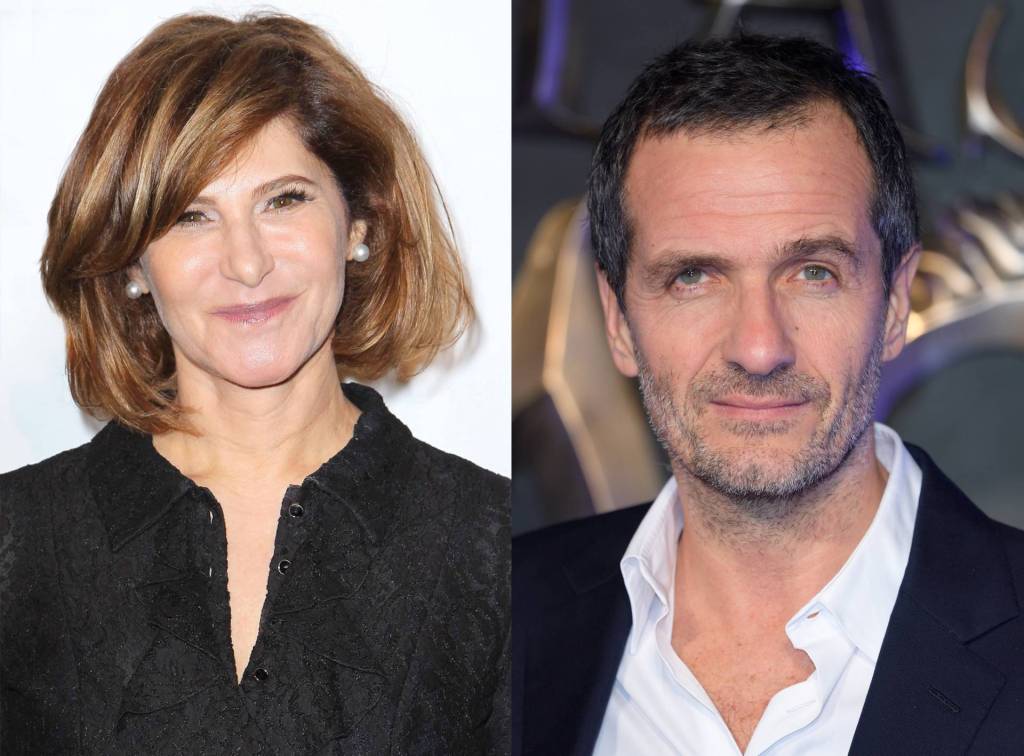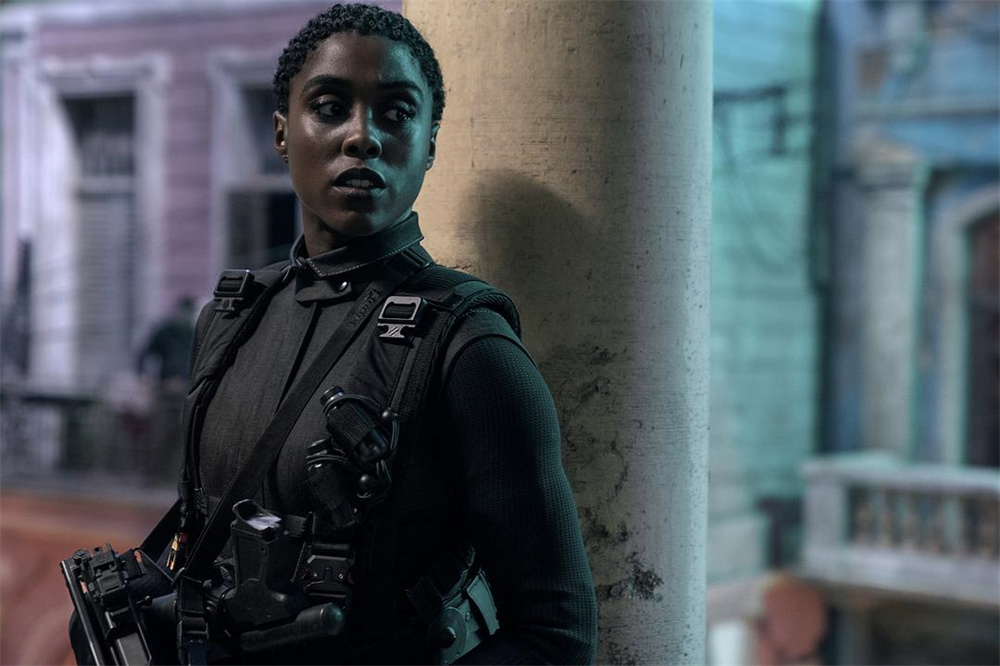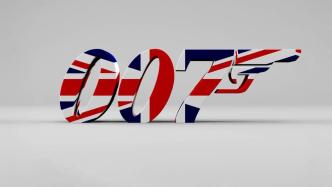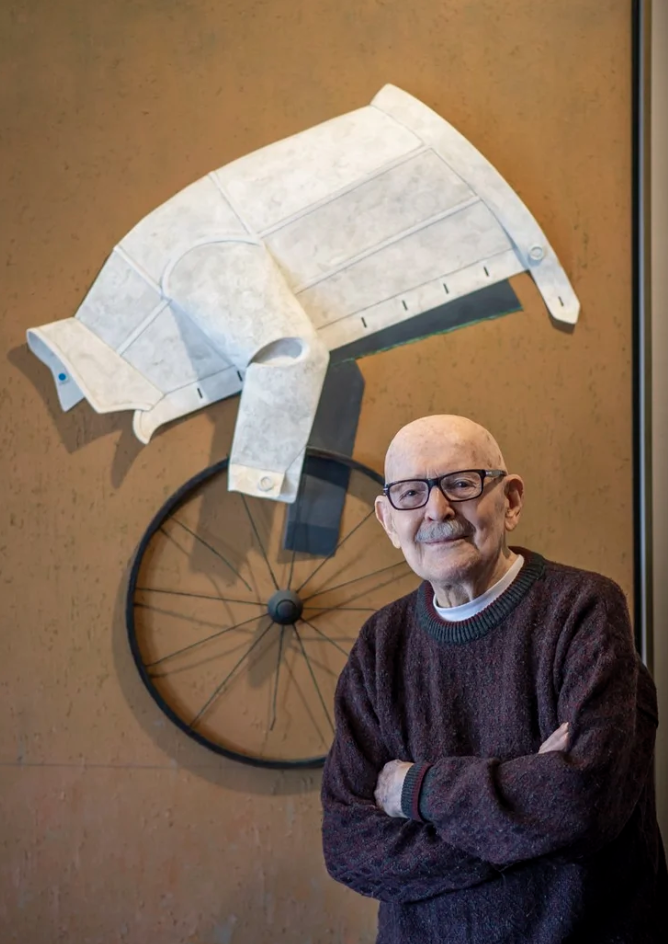
The Paper learned that American graphic designer Joe Caroff died on August 17, 2025, at his home in Manhattan, New York, at the age of 103, just one day short of his 104th birthday. His sons Peter and Michael confirmed the news and mentioned that he received hospice care at home in his later years.
Karloff's most famous work is the iconic "007" gun logo from the James Bond series. As a designer, he strived for "dynamism" in his work, "rather than just lying there flat and boring." His hand-drawn typography has also influenced subsequent designers.

Joe Karloff in front of his installation at the age of 100.
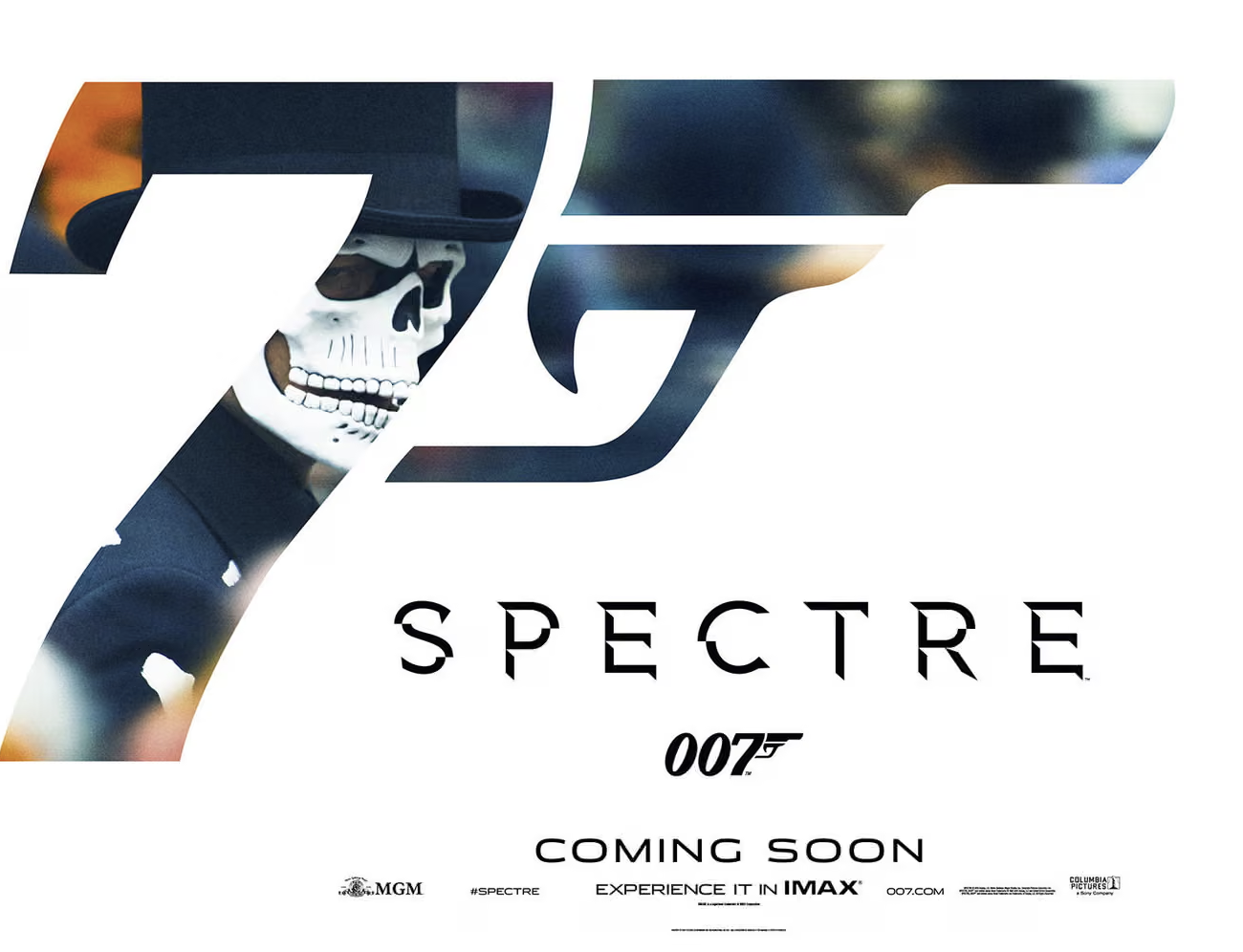
007 poster
Born on August 18, 1921, in New Jersey, Joe Karloff designed title characters for many classic film posters and book covers. However, his most famous and enduring design is probably the "007" font for the first James Bond film, Dr. No.
Karloff was paid just $300 to design this immortal logo, but the details of how it came to be, and the unique way Karloff modified the outline of the gun in the logo, reveal a designer's creative thinking.
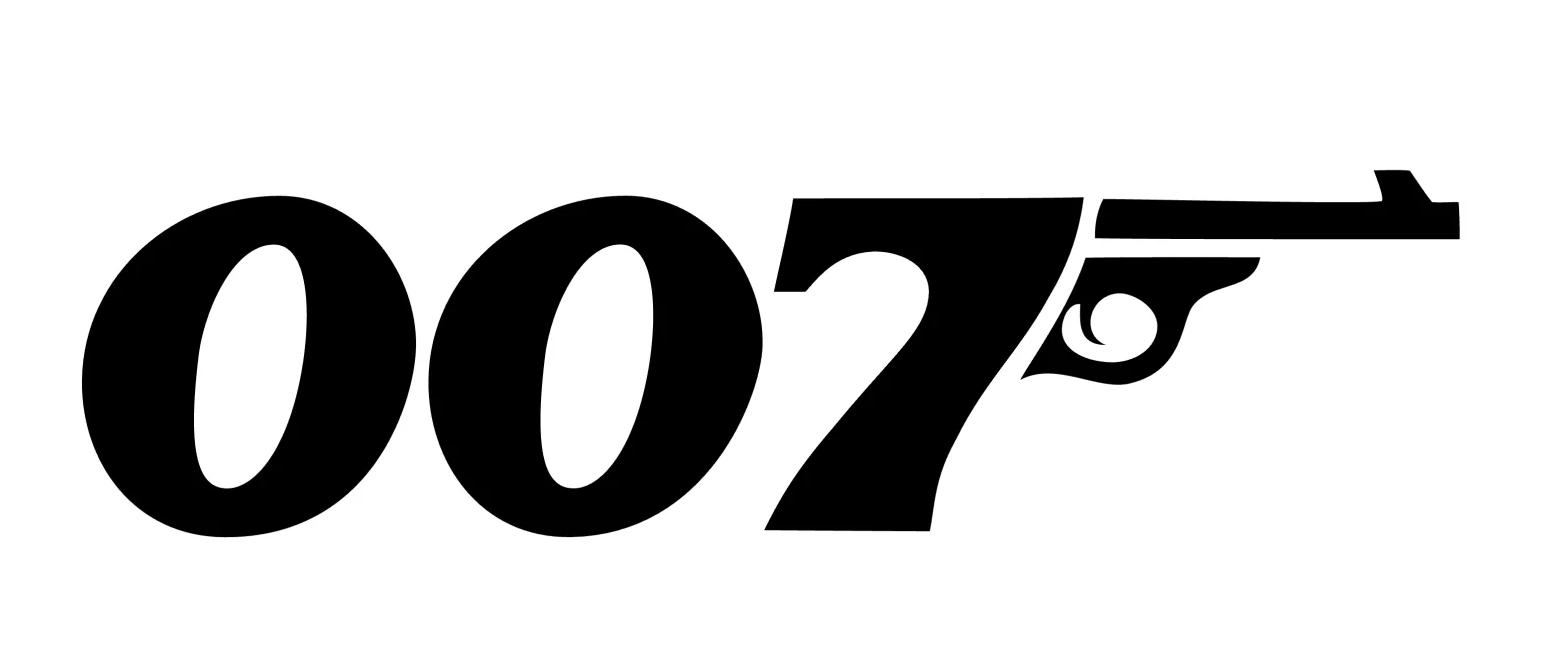
The original 007 logo from 1962, designed by Joe Caroff.
In 1961, while designing the promotional letterhead for the first Bond film, Dr. No, he was asked to add a "decorative top element." He thought of Bond's codename, "007," and when writing the vertical stroke of the numeral "7," he noticed it resembled a pistol grip, so he added a barrel and trigger. Although Bond's official sidearm is the Walther PPK, Karloff initially thought it "lacked visual impact," ultimately designing a design more resembling a Luger pistol. The PPK silhouette wasn't adopted until 1987's The Living Daylights.
The idea of linking the number "7" in the 007 logo to a gun handle was a spur-of-the-moment idea. Karloff was commissioned to design a logo for "publicity and distribution stationery," a job that cost only $300 at the time. It's worth noting that Joe Karloff was American, and his design for the 007 gun-shaped logo helped promote Bond in the United States.
Another small detail is that the gun itself has a small sight on the barrel, which Bond's gun in "Dr. No" lacks. As explained by the James Bond Archive, Karloff wanted the gun in the logo to be instantly recognizable; therefore, he added the sight. Karloff knew that adding this detail to the outline of the gun in the logo would make it look more realistic, even if it didn't match the on-screen image. The small dot on the Bond logo was ultimately removed in 1995, during the Pierce Brosnan era.
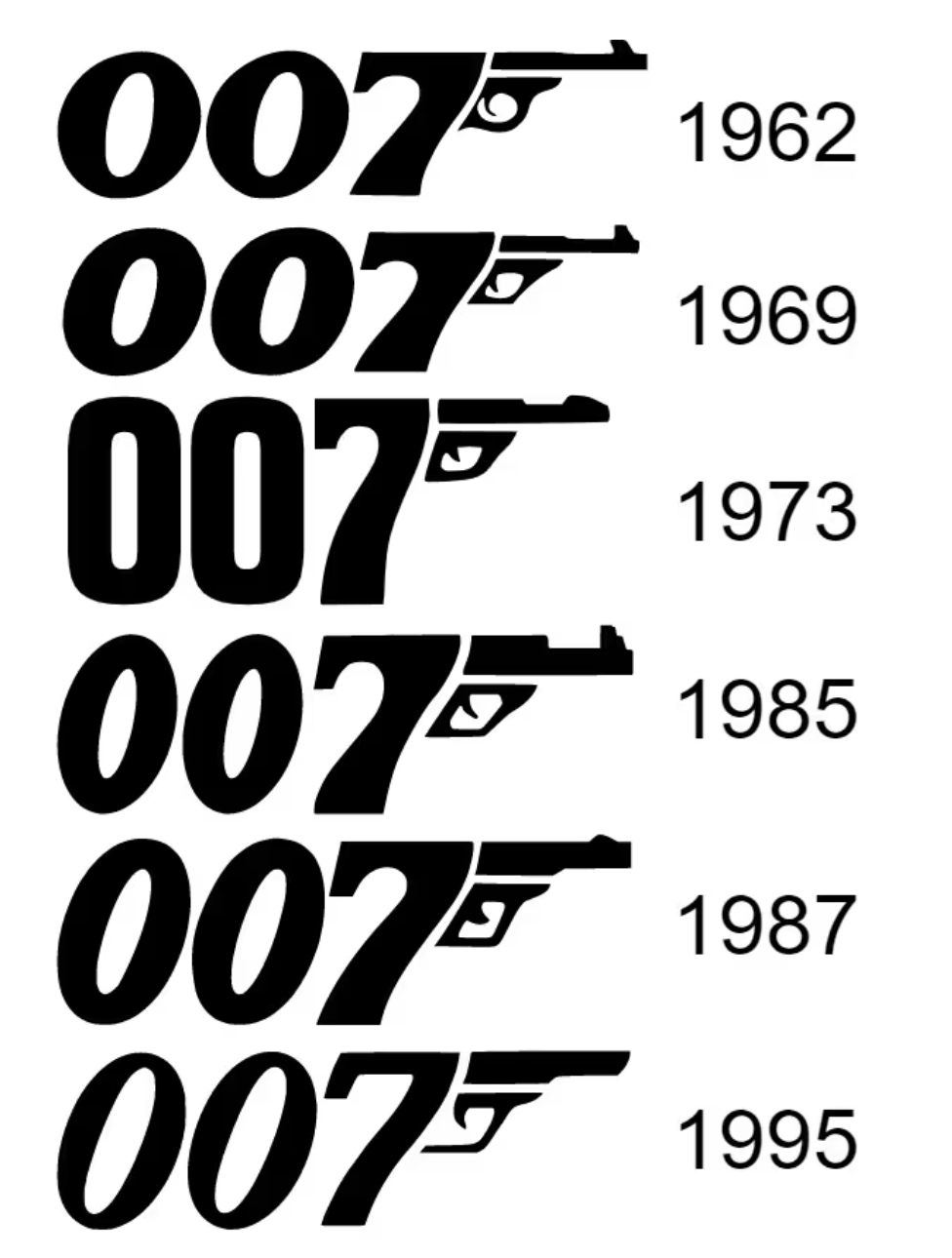
In the nearly 60 years of Bond film history, although this logo has undergone some adjustments, it has not changed much overall.
He received a one-time fee of $300, with no credit, royalties, or future profits. Despite the logo being used in 25 Bond films and millions in merchandise, Karloff later joked that "it became free advertising for me," generating significant business for the studio.
Karloff also created the title sequences for Richard Attenborough's A Bridge Too Far (1977), Volker Schlöndorff's Death of a Salesman (1985), Gene Sachs's Brighton Beach Memoirs (1986), and Martin Scorsese's The Last Temptation of Christ (1988).
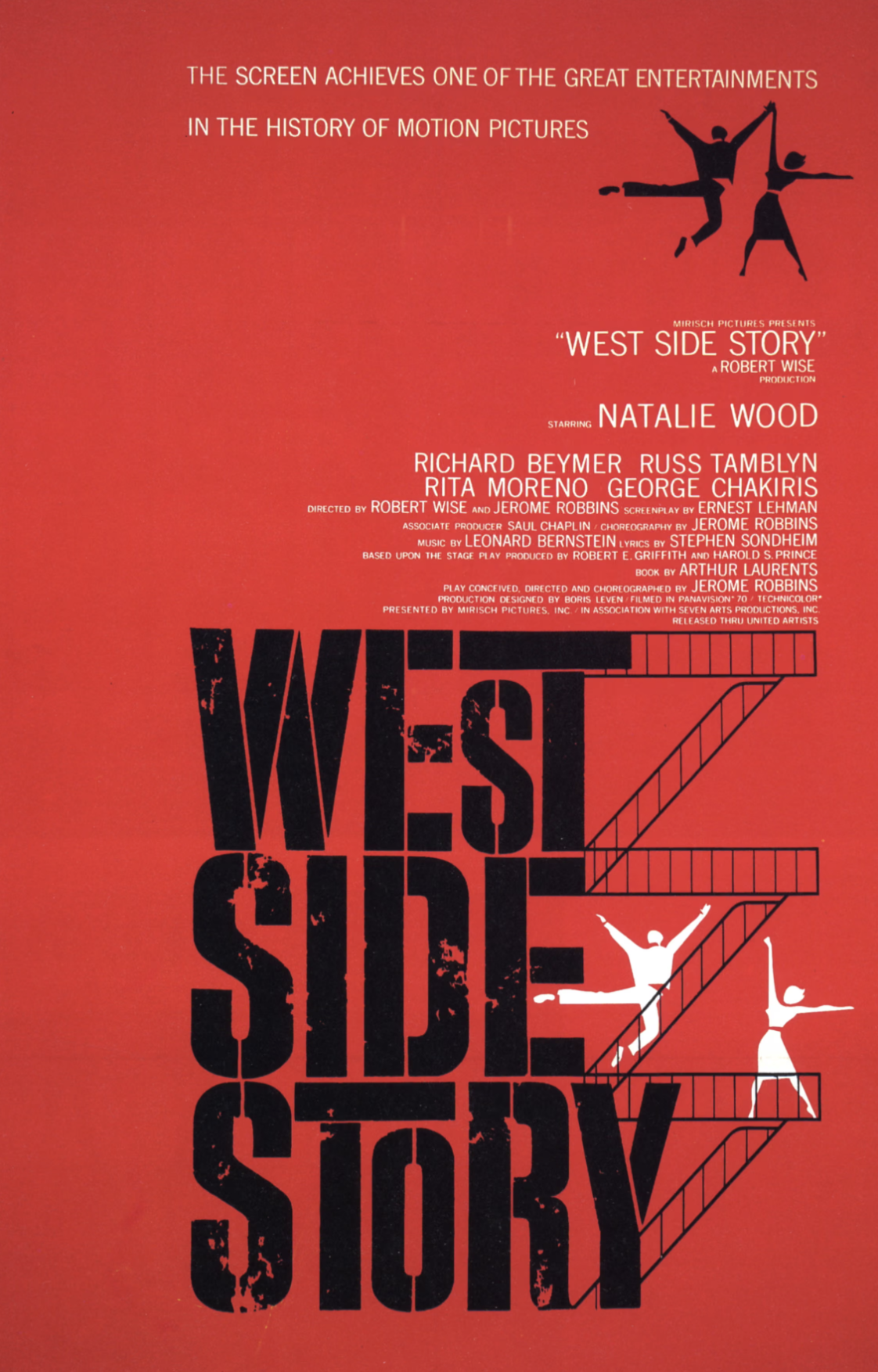
Karloff's 1961 poster for West Side Story.
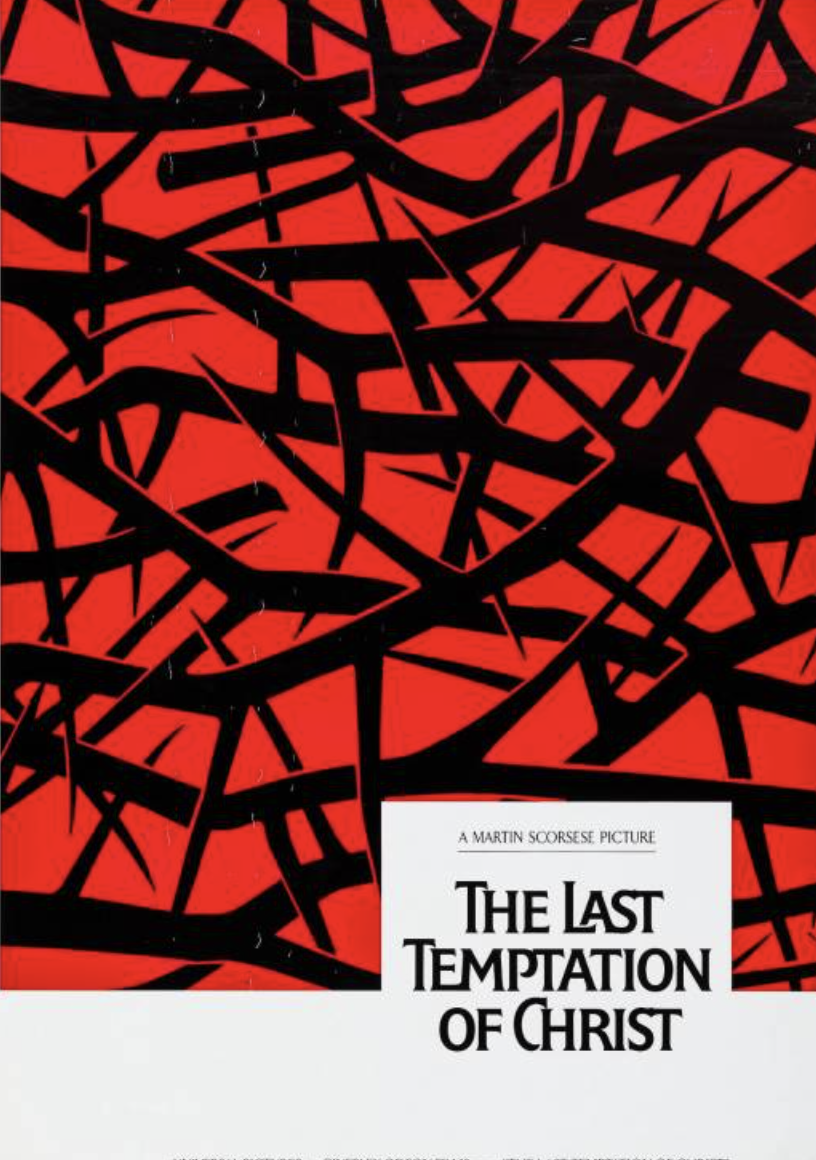
The Last Temptation of Christ (1988)
His agency, J. Caroff Associates, has created posters and lettering for over 300 films, including "Cabaret" (directed by Bob Fosse), "Last Tango in Paris" (directed by Bernardo Bertolucci), and "The Chameleon" (directed by Woody Allen). He also designed the quirky, knotted guitar neck design for the Beatles' "A Hard Day's Night" poster.

Poster for the Beatles film "One Night Stand"

Cabaret (1972)
As a designer, he dabbled in more than just posters. At 27, Karloff designed the book cover for Norman Mailer's debut novel, The Naked and the Dead. The design was exhibited at the Society of Book Cover Designers exhibition (1948) and at the Museum of Modern Art's "Modern Art in Your Life" exhibition (1949).

Book cover of The Naked and the Dead
Karloff's hand-drawn lettering has inspired designers to develop entire typefaces. In 2008, British type designer Jonathan Hill created the "Laser Disco" typeface, based on Karloff's design for the film "Rollerball." In 1975, British type designer Colin Brignall created the "Tango" typeface, based on Karloff's design for the film "Last Tango in Paris."
As a designer, Karloff also paints a lot. In his early days as a graphic designer, he was fascinated by the balance between positive and negative forms, which clearly influenced his "Controlled Gesture" series.
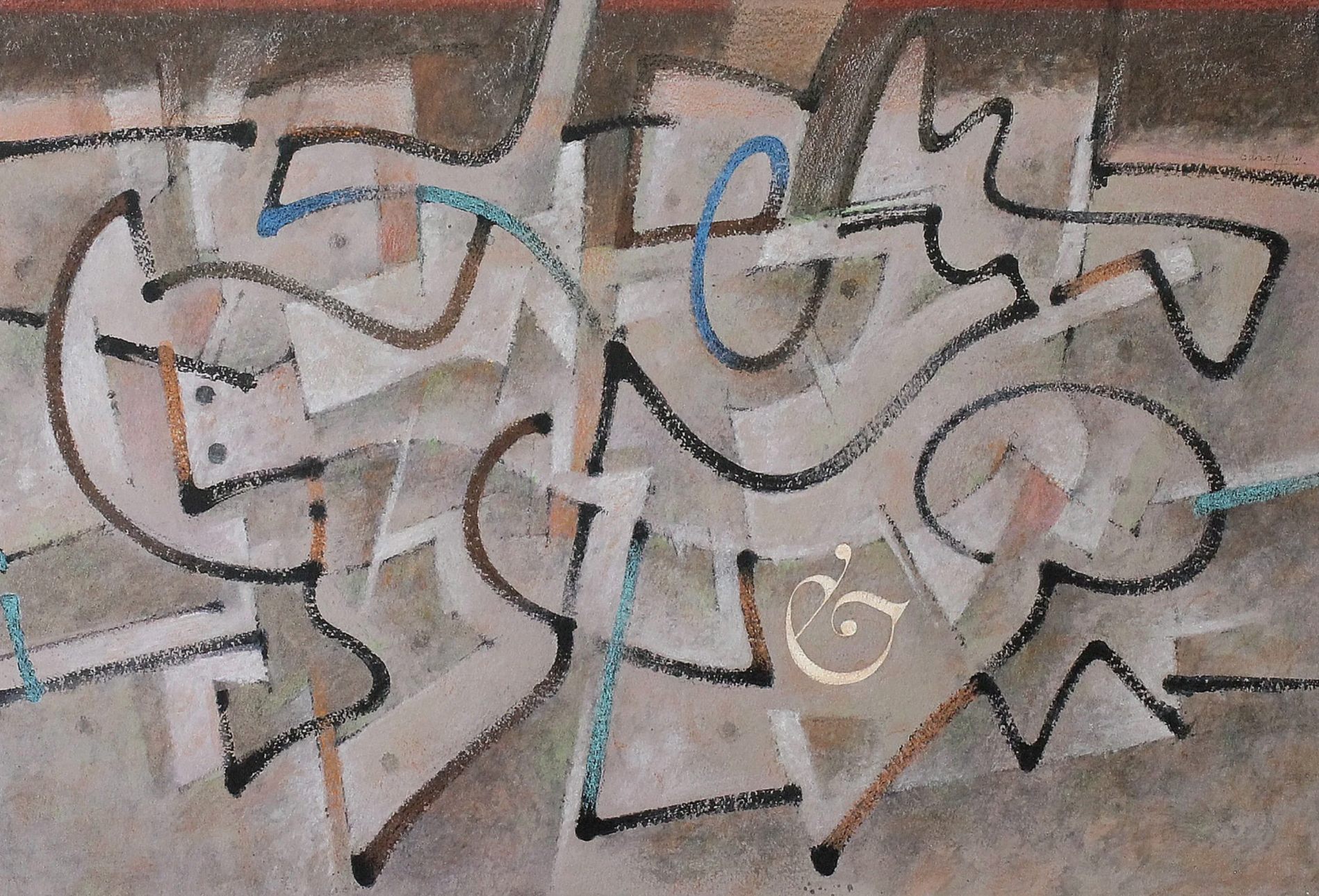
Abstract works
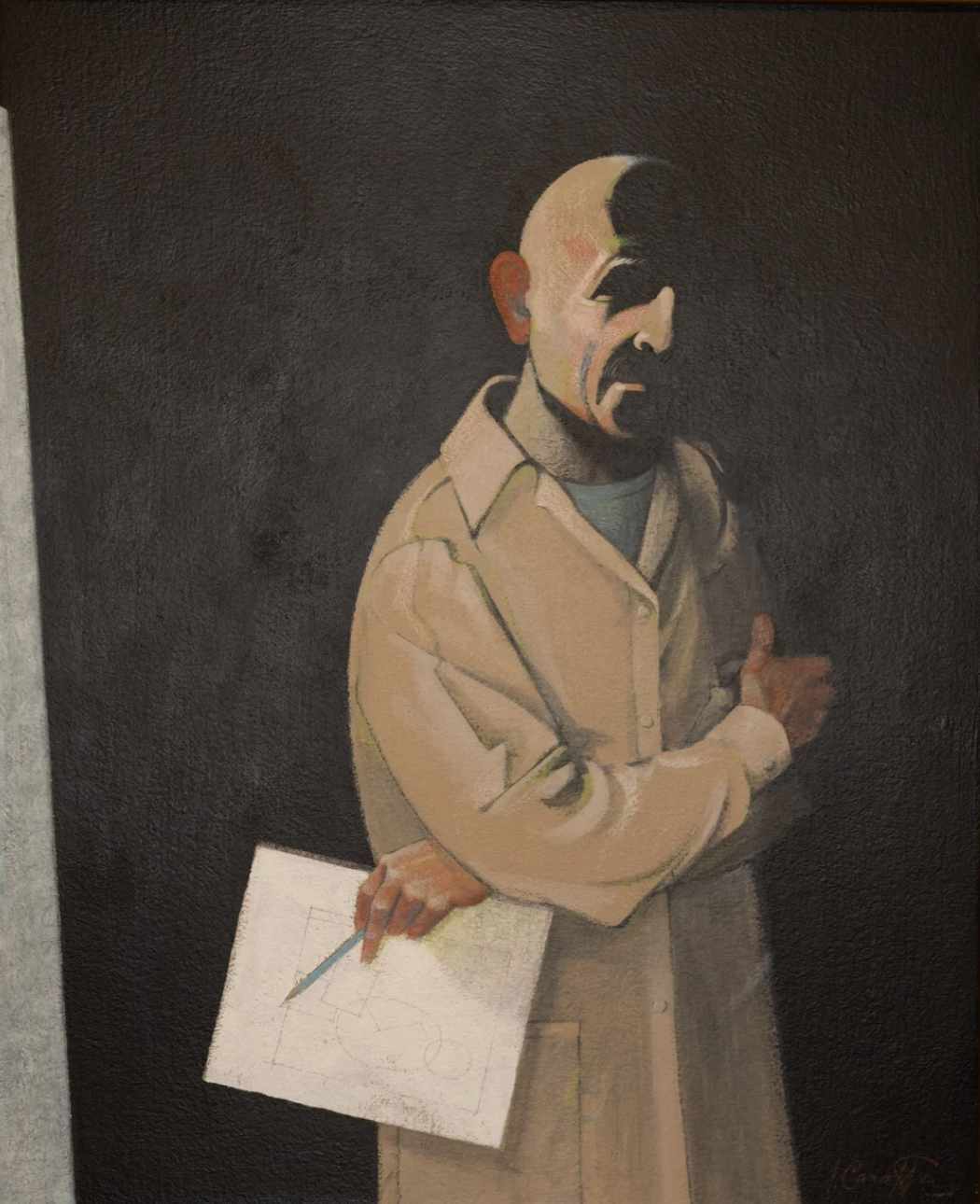
Portrait paintings

Works with a sense of color collage

Snow Scene Sketch
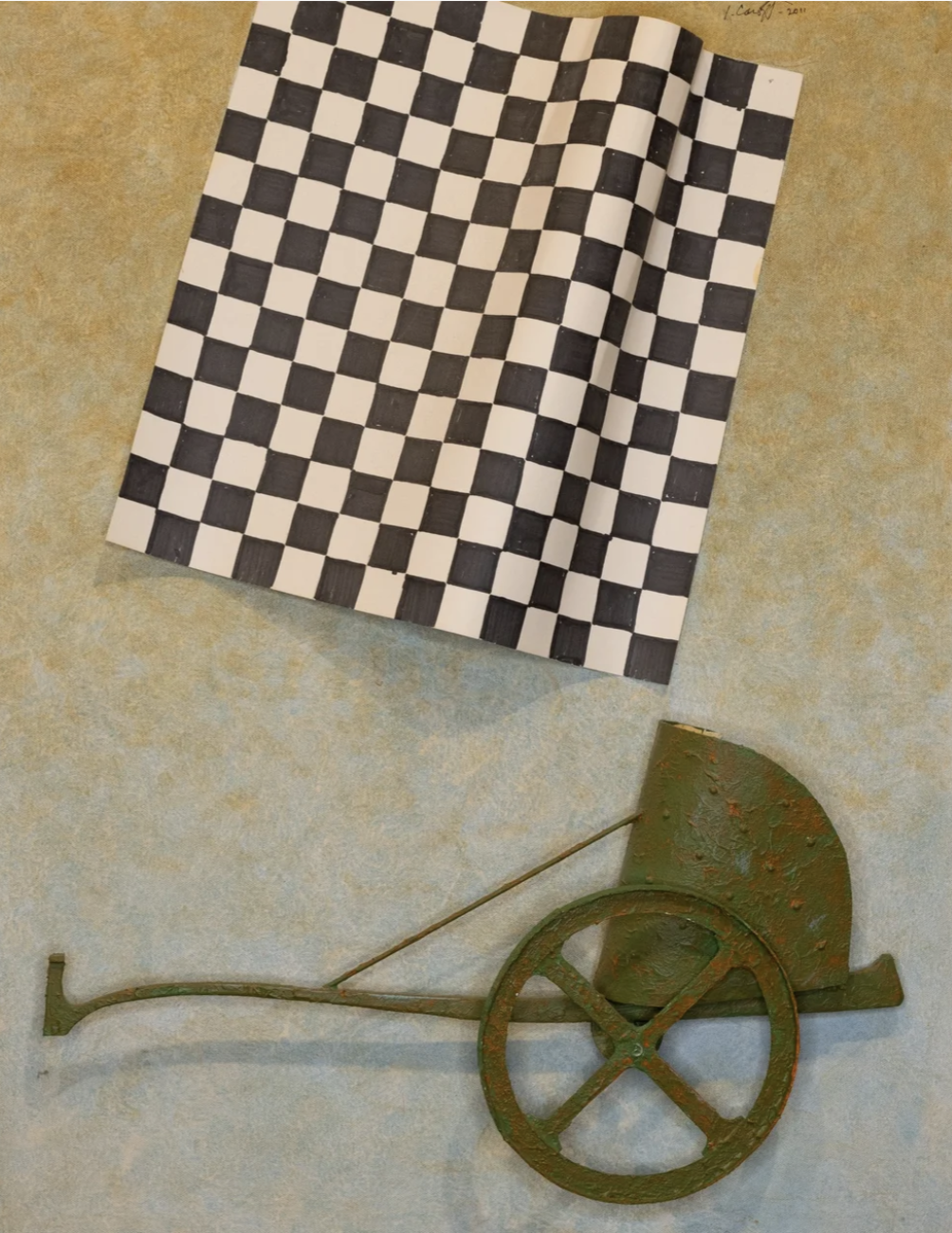
Collage
In the 2022 documentary "Design: The Joe Karloff Story," he said that what he pursues most is the "vitality" of his work. "I want it to have life, not just lie there flat and unremarkable."
Karloff's wife, Phyllis, died earlier that year; they were married for 81 years.
(Source of some paintings: Joe Caroff Originals)
